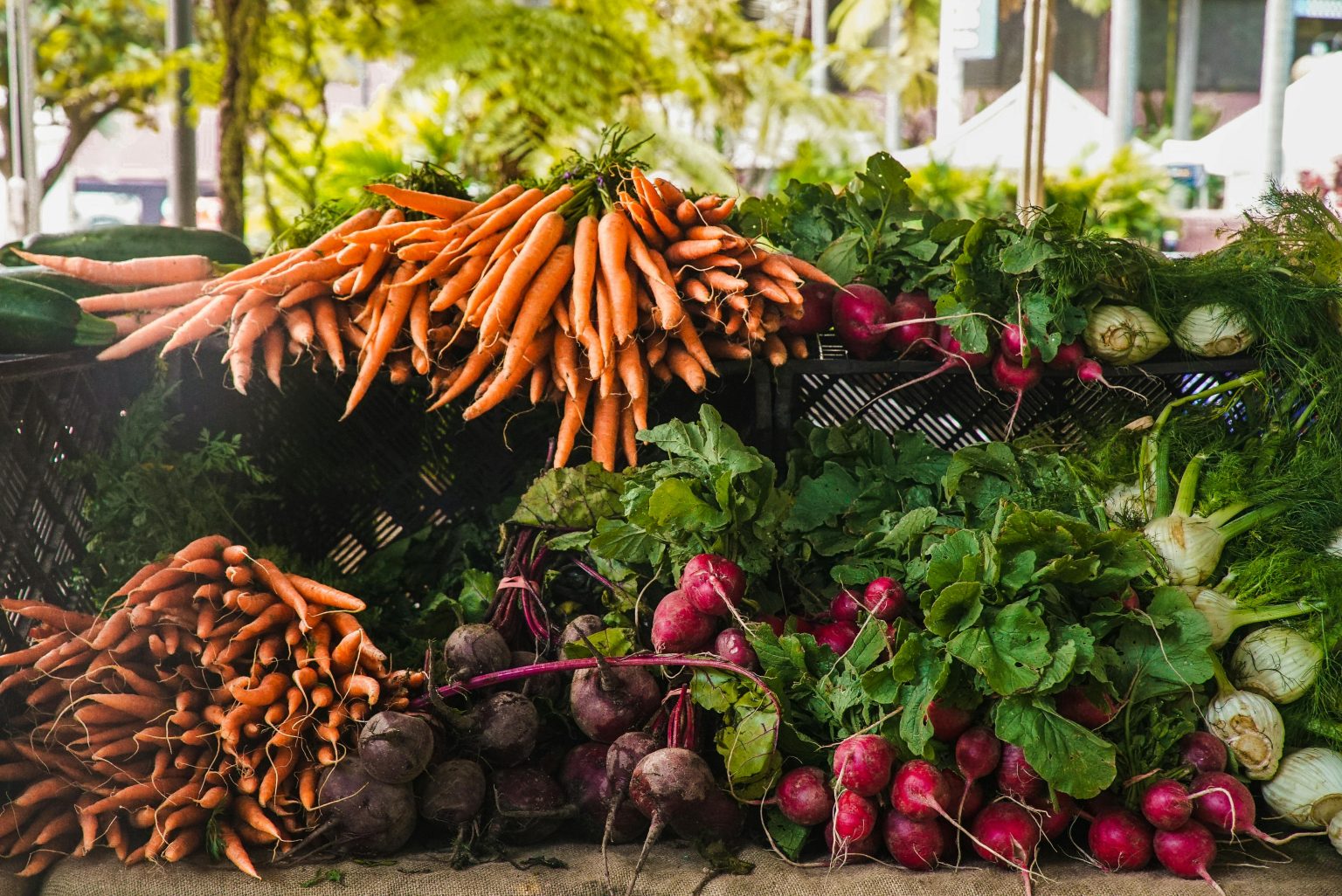Over the past decade, the phrase ‘farm-to-table’has become increasingly popular in food circles. But this is more than a culinary trend – it’s a thoughtful approach to dining that brings people closer to their food, their farmers, and the land itself.
The farm-to-table concept has been embraced by restaurants across the UK, especially in countryside locations where access to fresh, local produce is abundant.
So, what does farm-to-table really mean, and why are more diners – and chefs – turning to this style of sourcing and serving food?
What Is Farm-to-Table?
Farm-to-table (or farm-to-fork) refers to a dining philosophy that prioritises sourcing ingredients directly from local farms, growers, and producers. Instead of relying on large-scale supply chains, restaurants that follow this model build relationships with nearby suppliers – often within a defined radius – and serve dishes that reflect the seasonal offerings of the region.
The benefits of this approach go far beyond fresher food. It also supports local economies, reduces environmental impact, and fosters a stronger connection between diners and the origins of their meals.
Why It Matters
- Freshness and Flavour
One of the most immediate differences you’ll notice when dining at a farm-to-table restaurant is the flavour. Produce that’s harvested at its peak and served quickly maintains its nutritional integrity and vibrant taste. It hasn’t spent days in transit or weeks in cold storage.
- Seasonal Variety
Menus often change with the seasons, offering diners the chance to experience food at its freshest. This approach encourages creativity in the kitchen and allows chefs to showcase a wider range of ingredients – sometimes including heirloom or heritage varieties rarely found in supermarkets.
- Sustainable Practices
Local sourcing typically means lower transportation emissions and less packaging waste. It also encourages more sustainable farming methods, such as crop rotation, organic cultivation, and ethical animal husbandry.
- Supporting the Local Economy
When eateries choose to buy from nearby farms, dairies, fisheries, and bakeries, they help keep small-scale food production alive. This, in turn, protects rural jobs and keeps money circulating in the local area.
How It’s Done Well: The Royal George
An excellent example of farm-to-table done right is The Royal George, a picturesque inn located in Tintern, Wye Valley. Surrounded by rich farmland, artisan producers, and a thriving natural larder, the kitchen takes full advantage of its location. The menu celebrates the best of what the region has to offer, from locally reared meats to just-picked vegetables and foraged ingredients.
By focusing on provenance, the team ensures that each dish is both rooted in place and elevated in taste. It’s not just about serving good food, it’s about telling the story of the land and the people who cultivate it.
What Diners Should Look For
If you’re interested in supporting the farm-to-table movement when dining out, here are a few things to keep in mind:
- Check the menu: Look for references to local farms, seasonal produce, or regional suppliers.
- Ask questions: Restaurants committed to this concept will often be happy to share more about where their ingredients come from.
- Be open to change: Menus may vary frequently, depending on what’s in season. That’s part of the charm, and the quality.
A Movement with Heart
At its core, the farm-to-table philosophy is about reconnecting with food in a more thoughtful and sustainable way. It celebrates community, craft, and care in every course. Whether you’re sampling a foraged mushroom risotto or a roast made from locally sourced lamb, you’re tasting more than just a dish, you’re experiencing a region’s story.



